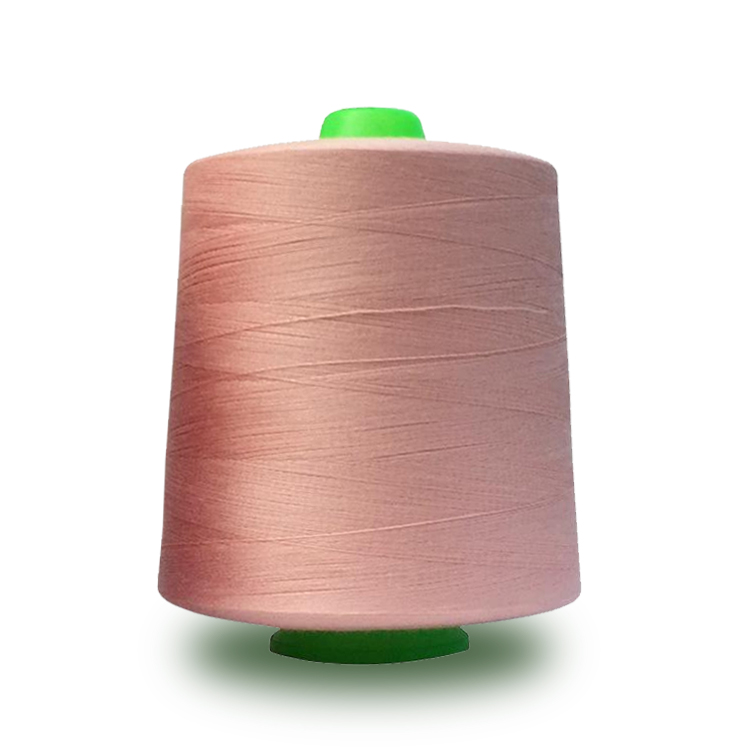
The biggest resistance for enterprises to return to work
Nearly a month has passed since the end of the Spring Festival. With the epidemic situation gradually under control, the resumption of work of major enterprises is in progress. As of March 5, the average price of c32s in China was 20648 yuan / ton, up 140 yuan / ton compared with last week. However, the author is skeptical about whether cotton yarn trading can go all the way, for the following reasons:

1、 Although the proportion of returning to work is relatively high, the startup rate is still below the level of the same period in recent three years.
At present, the overall resumption of textile enterprises is good. According to the survey of cotton information network, the resumption rate of the investigated enterprises is 79.07%, and another 20.93% of the enterprises plan to resume work in the middle and late March. However, as can be seen from the figure above, the starting load of textile enterprises in early March this year was only about 45%, while that in the same period of previous years was more than 60%. In the near future, pure cotton yarn market has a good trading atmosphere, mainly due to the rigid stock replenishment of downstream mills. However, at the beginning of resumption of work, the production capacity of textile enterprises was very low, basically relying on inventory, and the market supply was obviously lagging behind. On the other hand, the grey fabric market in the lower reaches has ushered in "little Yangchun", which is in short supply and provides soil for the rise of yarn. But as capacity rises, prices have lost momentum.
2、 The recovery of productive logistics is weaker than that of life logistics.
On February 19, Hubei Province ushered in the turning point of the existing confirmed cases, while non Hubei Province ushered in the turning point of the existing confirmed cases as early as February 14. Non Hubei areas began to return to work as early as the first ten days of February, while Hubei areas could not return to work as early as March 10. The regional characteristics of the epidemic also make the difference of cotton textile industry chain market return to work and production more obvious. However, the joint defense and control mechanism of the State Council held a press conference on June 6. Gao Gao, Deputy Secretary General of the national development and Reform Commission, said that at present, the recovery speed of the logistics of living materials is relatively fast, and the recovery rate and the production rate are relatively high. Relatively speaking, the production logistics has a wide range and large quantity, involving the coordination and linkage of different industries and different upstream and downstream. Therefore, the recovery of production logistics is weaker than that of life logistics. The increase of freight transportation cost and loading and unloading cost further causes the increase of spinning cost.

3、 The recovery of downstream orders is slow, hitting the demand for yarn raw materials.
In March, the biggest problem of textile enterprises' feedback was that there were very few new orders, and the big factories barely received some, and the small factories could not remember it at all. With the global epidemic spreading, conventional consumption has been greatly impacted. The number of new orders is very small, and many production plans have to be cancelled. However, in China, although the epidemic situation has been basically controlled, it is still necessary to keep a high level of vigilance against imported cases from abroad, and even if we do not pay attention to the possibility of local outbreaks. However, most communities and villages still implement very strict control measures. This makes the downstream garment factories unable to keep up with the production capacity. In addition, the sluggish consumption in the upstream and downstream makes grey cloth, printing and dyeing and other enterprises cautious and slowly restore production capacity.
In terms of imported yarn, the price of international cotton yarn is weaker than that of domestic yarn. As of March 5, FCY indexc32s closed at 20469 yuan / ton, down 28 yuan / ton from last week. The arrival volume of imported yarn from February to march is normal, but under the shrinking demand, the port inventory is now more than twice the inventory of the same period in two years. If the price continues to fall, the imported yarn market may have an advantage, and it may still have a place in the Chinese market. But abroad, because the epidemic has spread to Japan, South Korea and Europe, and there is the possibility of further spread, the international market's concern about the epidemic has become increasingly serious. From this week's sharp decline in foreign stock markets and commodities, we can see that the market's concern about the epidemic affects the normal operation of the global economy from a macro perspective. Specifically to international cotton yarn, first of all, in the short term, China's sluggish demand will continue to put pressure on yarn factories in Vietnam, Pakistan, India and other places. Secondly, Japan and South Korea are important importers of textiles and clothing. Many Vietnamese enterprises say that the current situation in South Korea has affected the export orders of Vietnamese yarn factories to South Korea. In addition, Europe and the United States are the world's major textile consumers, and the spread of the epidemic is bound to affect terminal consumption. At present, as the international market is generally pessimistic about the epidemic, India, Vietnam, Pakistan and other countries have received a blow to the confidence of the mills, which may accelerate the decline of prices.

On the whole, the next step of yarn market depends on the recovery of the downstream. At home, although the government has issued many positive measures to encourage enterprises to return to work. For example, in some areas of Jiangsu Province, 5% of the electricity fee will be reduced, social security, tax and other relief measures will be taken, and in some areas of Hebei and Sichuan, subsidies will be provided for enterprises to hire and transport workers to help small and medium-sized enterprises overcome difficulties. But the outbreak abroad may be just beginning. Only when the global epidemic is under control, and countries have introduced policies to stimulate the economy to save the market, the yarn market will have a very obvious turning point. I look forward to this day.




